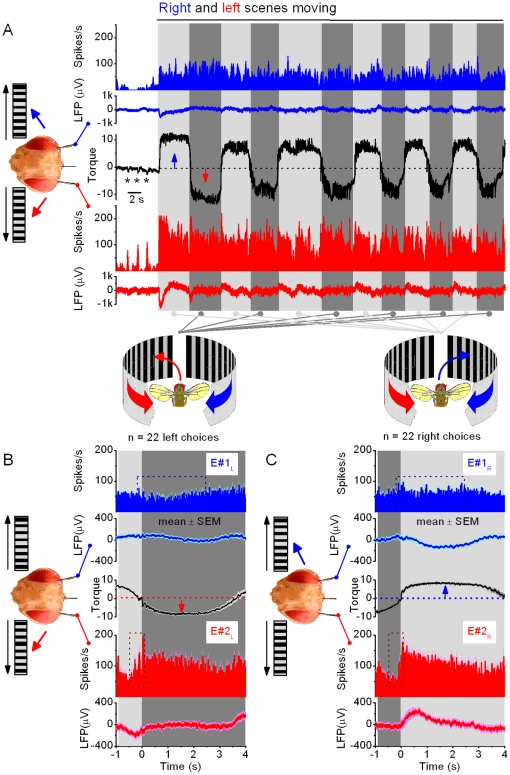Figure 6. Neural output of the optic lobes is modulated with behavioral choices.
(A) A flying tethered Drosophila faces identical scenes of black and white stripes on its left and right. When the scenes are still, the fly generates exploratory saccades (stars). When the scenes move to opposing directions, the fly's yaw torque (black) begins eventually to flip between right and left. These behavioral choices of the fly are accompanied with an increased oscillating neural activity both sides of its brain (firing rates and LFPs; blue traces: right electrode, E#1 and red traces: left electrode, E#2). Each choice (or switch-like torque response) can be separated from its neighbors by its clean zero-crossings. Torque responses to right are shown in light gray, and those to left in dark gray. (B–C) show statistics of the neural activity in the left and right LPs for left and right torque responses, respectively (mean ± SEM, n = 22 choices to both directions). The traces were aligned in respect to the corresponding zero-crossings (dotted lines) in the torque signals (black traces). This data was then used for estimating intrinsic modulation (Figs. 7A–B) as the change in the activity of the right optic lobe: E#1 (right torque) – E#1 (left torque); and for the left optic lobe: E#2 (left torque) – E#2 (right torque). For firing rates, the bin-size is 100 ms; torque is in arbitrary units. The dotted boxes in B and C focus on the largest differences in the firing rate in each optic lope for left and right choices.

